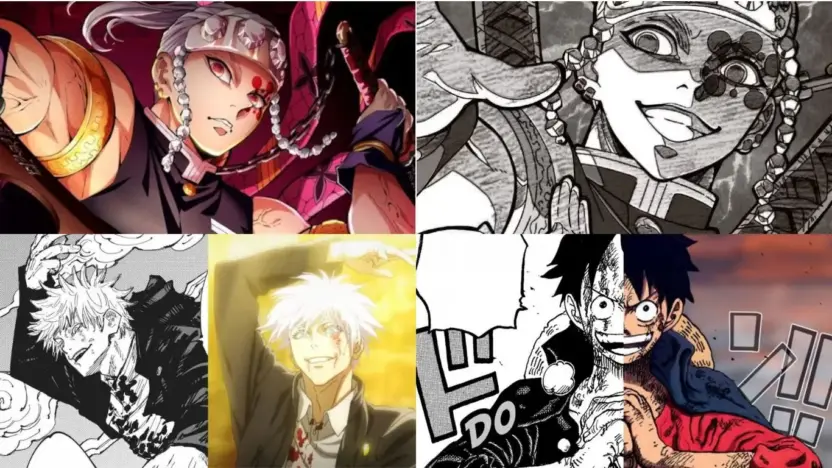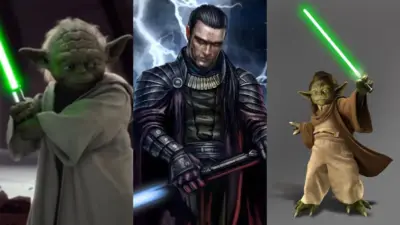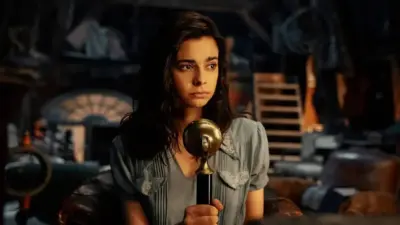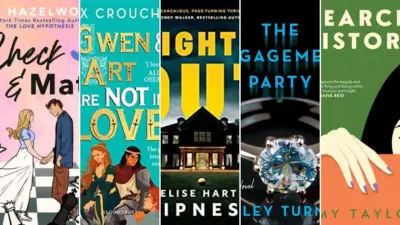Within the heart of Japanese culture lie two distinctive art forms that have enchanted audiences worldwide: manga and anime. Our comprehensive analysis, “Manga vs. Anime: The Artistic and Storytelling Differences,” seeks to illuminate the contrasts and celebrates the varied experiences they offer. This narrative journey promises to deepen your appreciation for these mediums, revealing how their divergent paths offer unique artistic expressions and storytelling marvels that captivate fans around the globe.
Manga vs. Anime: The Artistic and Storytelling Differences
Artistic Expression in Manga and Anime
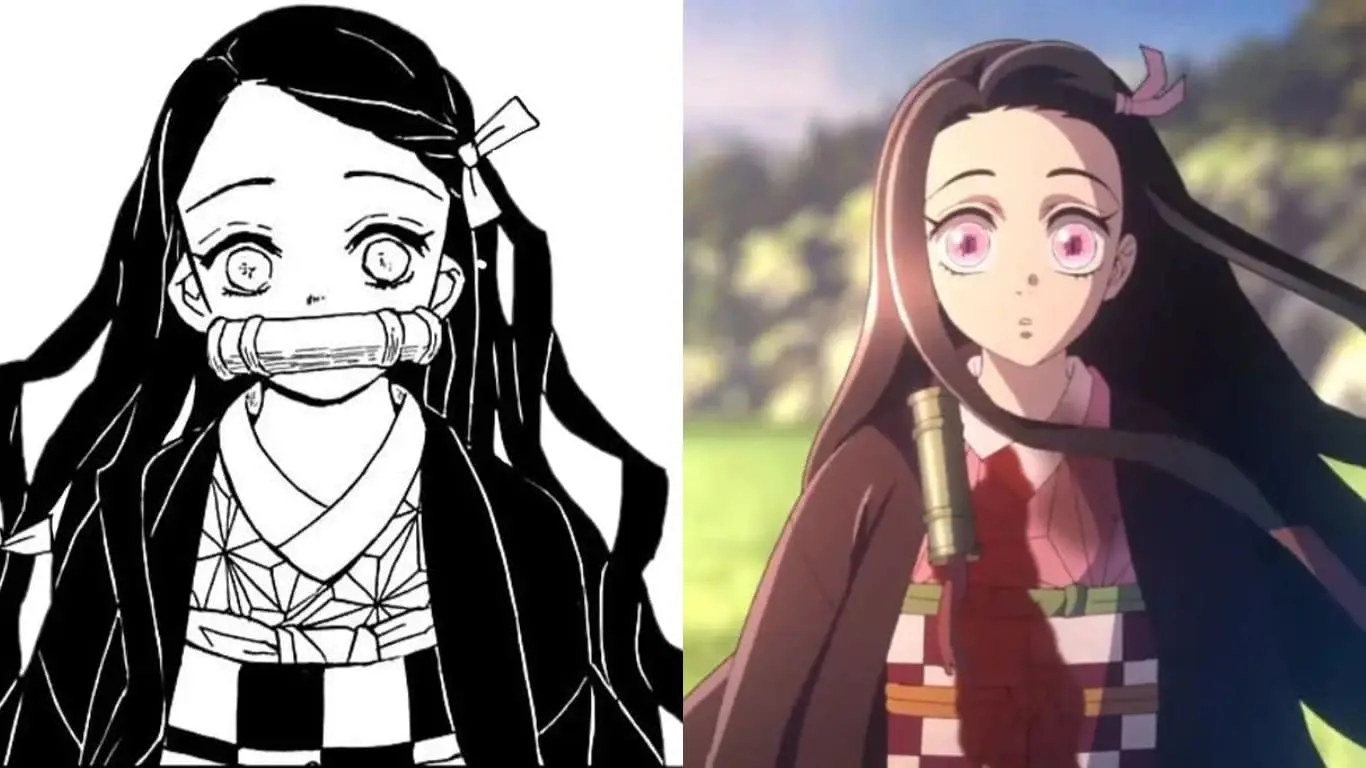
Line Art vs. Full Motion
Manga’s monochrome line art, replete with variegated textures and cross-hatching, demands of its readers an imaginative engagement to vivify its static scenes. The artistry lies in suggesting movement and depth through still imagery. Conversely, anime transcends these static images, breathing life into characters and environments through animation, lending a sense of realism and continuity that static images can’t emulate.
Detailing and Visual Focus
The art of manga allows for intricate detailing, with each panel crafted to convey not just action but the subtleties of mood and atmosphere, often relying on the varied use of panels to dictate a scene’s rhythm. Anime adapts these details to fit the medium’s requirements, often employing a broad stroke approach to backgrounds and character designs during animation to keep the viewer’s focus on the central action and emotion of a scene.
Storytelling Pace and Development
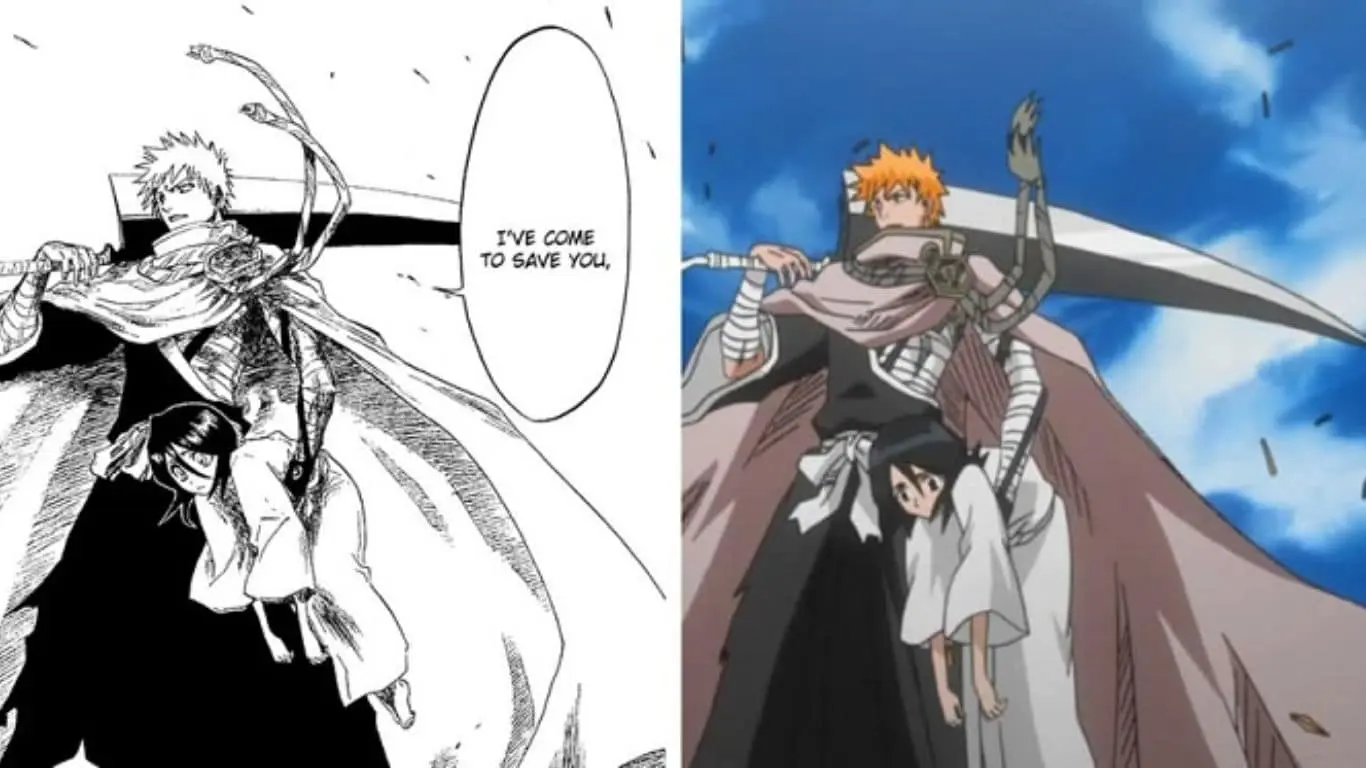
Controlled Pacing vs. Serialized Storytelling
Manga provides a tactile experience, where the reader can pore over each page, dissecting the narrative and visual elements at their preferred speed. This pacing allows for a personal connection to the story, as the reader invests time in absorbing the creator’s world. Anime, on the other hand, offers a collective rhythm to storytelling, with its episodic format creating a communal tempo for consumption and discussion.
Character Depth and Inner Monologues
The platform of manga is an intimate space where thought bubbles and boxed texts are often used to represent a character’s thoughts, providing a window into their soul. Anime transforms these quiet introspections into spoken word, with the character’s voice actor bringing an additional layer of personality that can either heighten or dilute the intimacy of these moments.
Narrative Structure and Adaptation
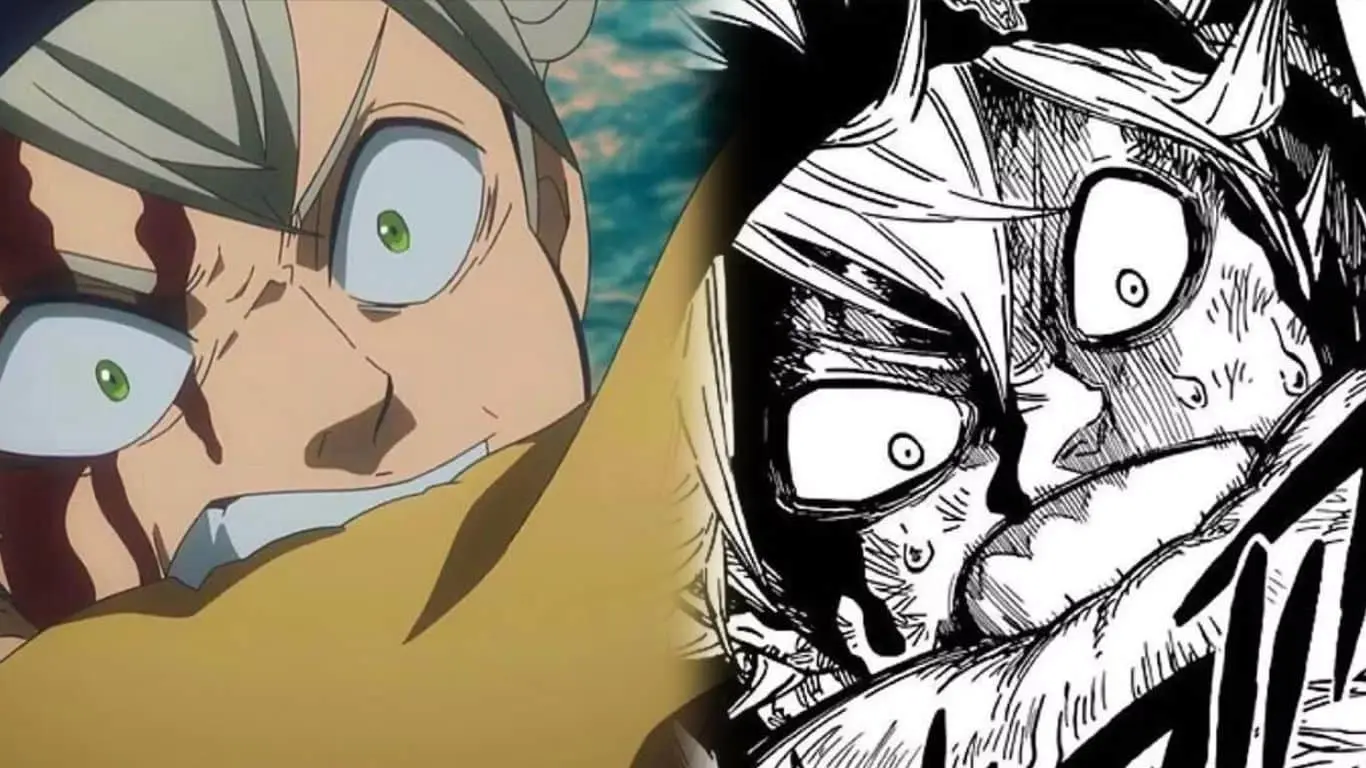
Story Arc Adaptations
When a manga is brought to life as an anime, the narrative structure can undergo significant changes. The transition from page to screen often requires a reimagining of pacing and plot progression, with some stories expanding to create a more cinematic experience while others trim complex plots to fit into the constraints of episodic storytelling.
Fillers and Original Content
Anime often weaves in original episodes or arcs that serve to develop characters or worlds beyond the scope of the source material. While sometimes controversial, these additions can offer viewers a deeper or alternative engagement with the story, creating new dimensions and opportunities for character development.
Cultural Interpretation and Impact
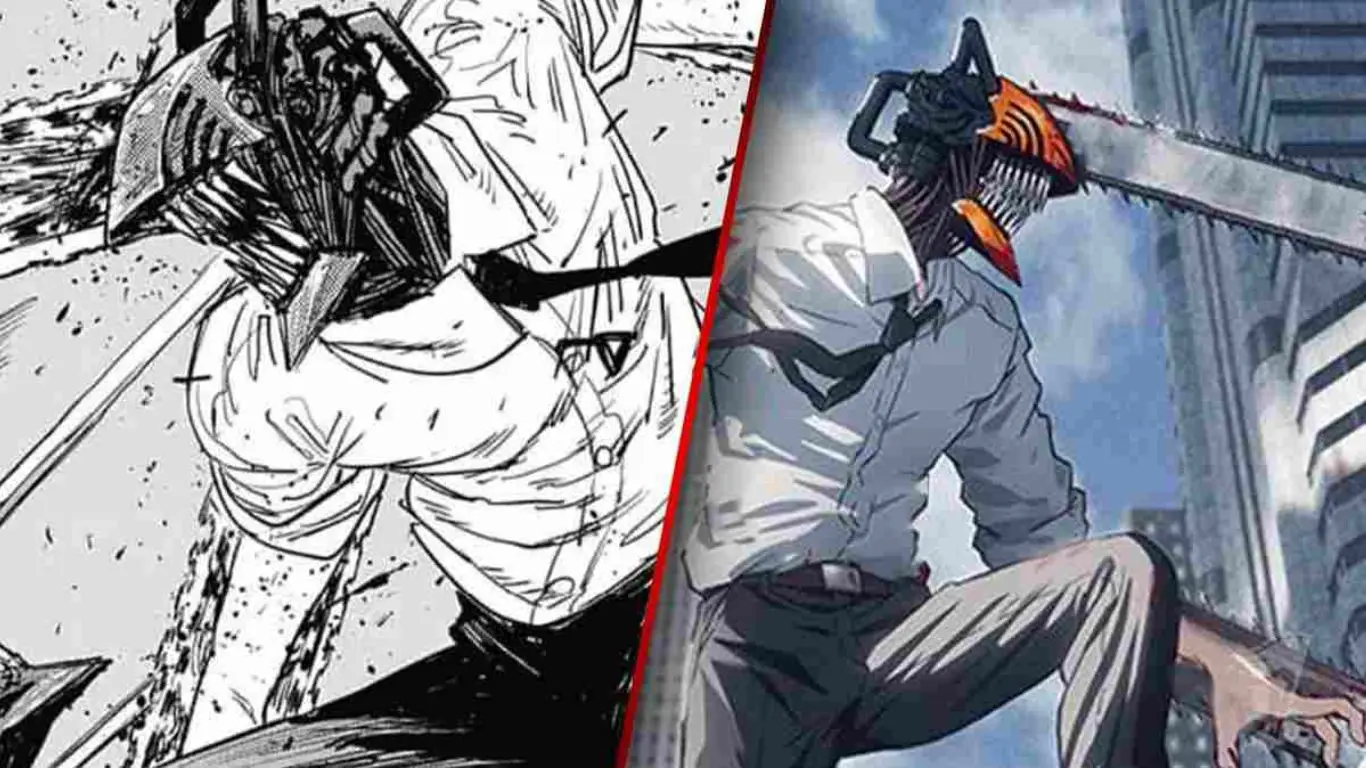
Manga’s Panel Art vs. Anime’s Cinematography
The cultural consumption of manga and anime also differs; manga’s panel art is an intimate dialogue between creator and reader, allowing for subjective interpretation of scenes. In contrast, anime’s cinematography is an orchestration of visual storytelling that directs the viewer’s experience through sound, motion, and color, often resulting in a more uniform interpretation among its audience.
Serialized Consumption vs. Binge Culture
Manga’s serialized release creates a ritualistic engagement for fans, building anticipation and fostering community discussions around each installment. Anime, especially in the era of digital streaming, often allows for immediate, binge consumption, creating different fan engagement dynamics. This immediate gratification can enhance the collective viewing experience but may also compress the narrative’s unfolding, impacting its reception and interpretation.
Also Read: What Makes Anime Different From Cartoons
